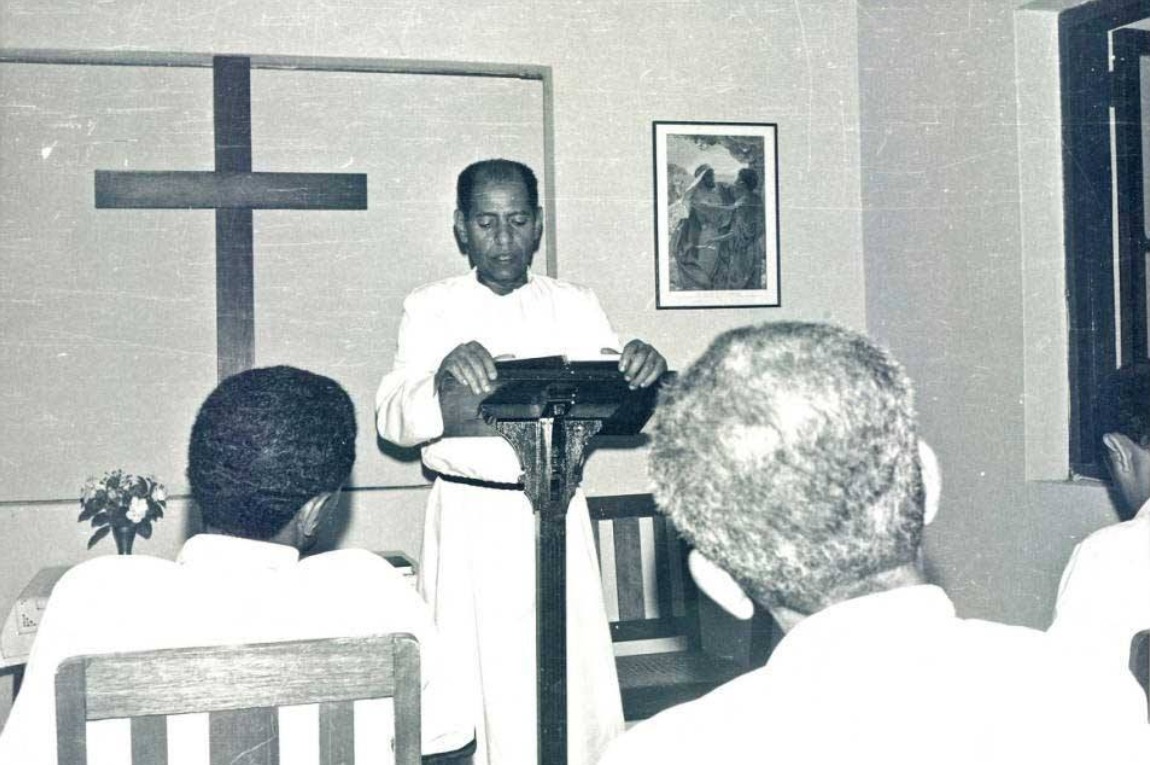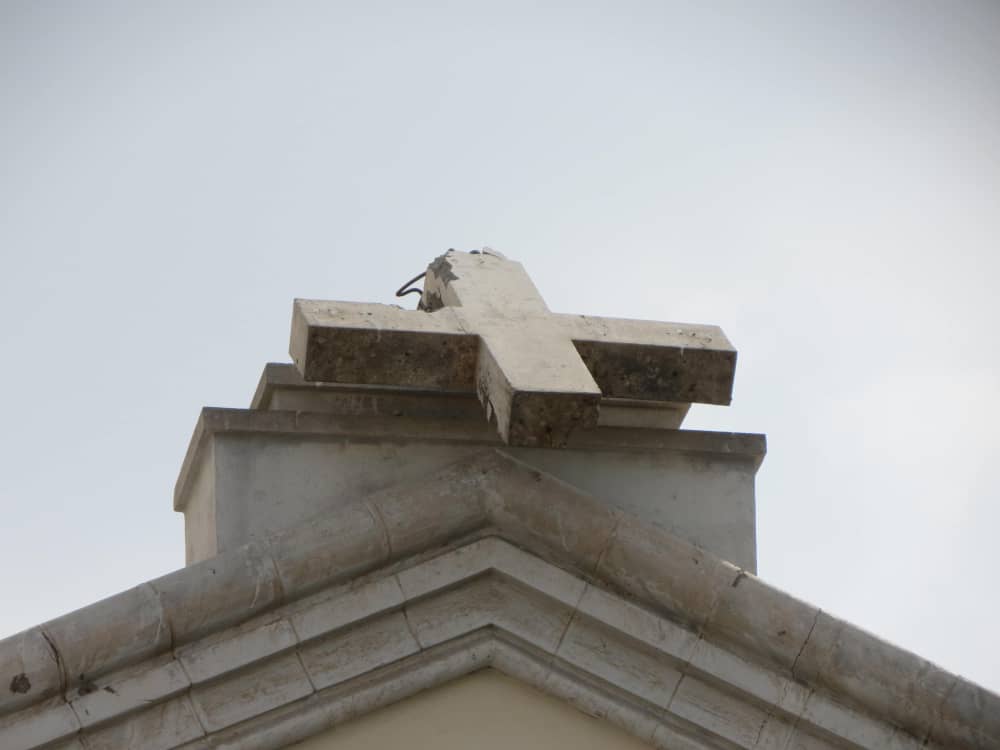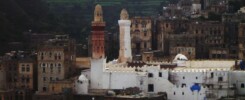Christianity in Yemen—A Historical Background:
The Byzantines were able to secure a foothold on the west coast of Yemen as early as 435–515. According to Philostorgius, Emperor Constantine I obtained permission from the Himyarite King Abu Karb As’ad Al-Kamil to build three churches, one in Aden, one in Dhofar, and the third in an undetermined town at the entrance to the Arabian Gulf. However, there is no clear historical evidence to support the presence of Christianity before this date in the Himyarite Kingdom. In addition to the ambiguity of the existence of actual Christian Himyarites, the history of the Ethiopian campaign is sporadic and does not provide any details about the initial stages of their journey to southern Arabia. The references categorically state that the Himyarite king was defeated by the Ethiopians and forced to retreat to the mountains of Yemen. According to Martyrium, after the departure of Najashi (the Ethiopian leader), the Himyarite king attacked and killed Ethiopian Christian soldiers and began the systematic persecution of all Christians in his domain. Historical accounts do not provide any details regarding the conditions of Christians in the period of Islam’s introduction into Yemen or the period beyond that, but we do have documents that indicate the continuation of Christian presence due to the relationships between Yemen and other countries at the time.

Christianity Nowadays:
According to Human Rights Watch, Yemen’s Christians are estimated to number around 41,000 native Yemenis and refugees from abroad, including indigenous Yemeni Christians who dare not speak out, some of whom are threatened every day as apostates. The US State Department report indicates that there are 3,000 Christians throughout the country, most of them refugees or temporary foreign residents. The ambiguity in determining the exact number of Christians in Yemen is due to several reasons. First, the absence of any official presence of this sect, which is spread either by the presence of foreign Christians or by Yemeni Christians who themselves converted secretly into Christianity. Second, the increased religious extremism of recent years in Yemen, especially with the continuation of the civil war which has dissolved the existence of the state and has in turn allowed for the rise of many armed militias and extremists. Many of these groups reject the idea of coexisting with any other group belonging to another religion.
Previously, there were some Christian associations and establishments that provided services through various bodies, including Roman Catholic, Protestant, and Orthodox Christian organizations, throughout Sana’a, Aden and other cities without government interference. Christian and Jewish services were regularly held in private homes or facilities, such as schools, without harassment.
There are a few Christian churches in Yemen, including four churches in the governorate of Aden, which include the Church of St. Anthony, located in the city of Al-Tawahi, known locally as Ras Al-Musabat, the name of the area the church was built in. The church dates back to the British presence in Aden in the middle of the nineteenth century, and has a medical center attached to it which provided health services to Yemenis. In the city of Crater in Aden, there is also the Badri Church or Baptist Church, called the Church of St. Mary Garrison, which only performed cultural activities and housed several shrines. The other two churches, the Bangsar and Hafun, have since been closed.
Abuses Against Yemeni Christians:
Raydan—the capital of the Himyarite Kingdom—was ruled by a pro-Ethiopian king, whose inhabitants were Christians at the time. The forces of King Yusuf Asar (Du Nawas) faced fierce resistance when they tried to take over Raydan. King Yusuf abandoned trying to enter the city by force and sent a message to the Ethiopians in the city offering them safe passage out of the city. The Ethiopians believed him, and their leader (Abu Al-Aba’a) left the city along with the grand priest and about three hundred men. However, King Yusuf ordered his men to kill them as soon as they left the city. Those who choose to remain inside the city (around 280 of them) were burned inside the church. The inscriptions found do not mention the details of the fall of Raydan, and mentioned only the burning of the church and the elimination of the Ethiopians. The persecution of Christians and the burning of their churches occurred in various areas in Hadramout, Marib and Najran (Jaber and Hussein, 2015, 164–165). King Yusuf’s policy of abuse against the people of Najran was justified by his believe that they were agents of the Abyssinians, as his army had many pagans and Yemeni Christians.
The abuses that Christians face in Yemen are rooted not only in the orientation of the state, but in the general orientation of the society, which is very conservative and generally rejects the different and unfamiliar groups and considers them a threat to its existence. Christians do not face open persecution by the government, but the general orientation in society must be Islamic. Among the crimes against Christians in contemporary Yemen were the deaths of three American doctors in December 2002, at the South American Baptist Church in the city of Jibla in the governorate of Ibb, 200 kilometers (125 miles) south of Sana’a. The incident was then attributed to al-Qaeda, which had previously targeted Western interests in Yemen and started targeting charities and foreigners in general after that.
Recent violations also included the demolition of Christian cemeteries, assault, the arson of churches, the storming of service centers, and the murder of Christian aid workers.




